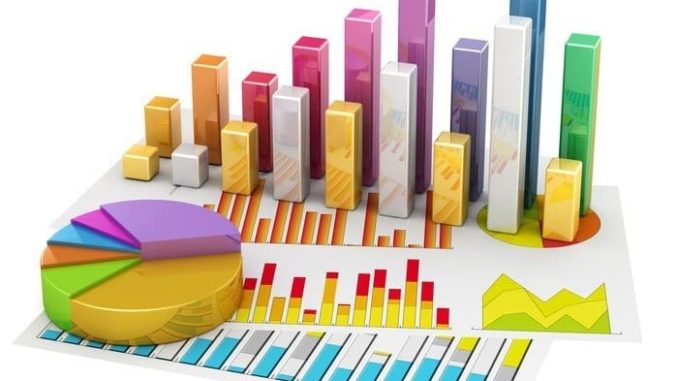
Table of Contents
What is Software?
- “The term ‘software’ refers to the set of electronic program instructions or data a computer processor reads in order to perform a task or operation.”
- In a computer system, software is a type of program which enables to perform some special tasks or operate the computer.
- Software increases the efficiency and accuracy of the work.
- It basically directs the peripheral devices on the entire computer system- what and how exactly to perform the task.
- “A set of instruction or programs instructing a computer to do specific tasks” – Technopedia
What is Statistical Software?
- Statistical software are specialized programs designed to perform complex statistical analysis.
- They are the tools that assist in the organization, interpretation, and presentation of selected data sets to provide science-based insights into patterns and trends
- Statistical software use statistical analysis theorems and methodologies such as regression analysis, time series analysis to perform data sciences
Benefits of Statistical Software:
- Increases efficiency of the work
- More accuracy in data analysis and management
- Less time consuming
- Easy customization
- Grants access to large database
- Reduces sampling error
- Empowers to make data driven decisions
Application of Software in Public Health:
1. In public health programs: Software are used for:
- Communication
- Administrative works
- Recording and reporting
- Maintaining quality of programs
- Increasing the effectiveness and efficiency of programs
2. In public health research:
- Data collection
- Analysis
- Report writing
- Communication
- In hospitals and health care centers
- Operation of information systems (E.g.: Health Management Information System, Logistic Management Information System, GIS etc.)
- In health economics and health care centers
- Libraries, academics and many more.
Various Types of Statistical Software Used in Social Sciences:
1. SPSS (Statistical Package for Social Sciences)
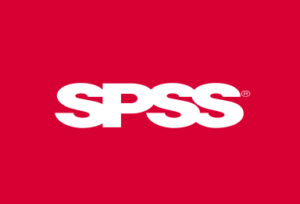
- SPSS is the most widely used powerful software for complex statistical data analysis.
- It easily compiles descriptive statistics, parametric and non- parametric analysis as well as delivers graphs and presentation ready reports to easily communicate the results.
- More accurate reports are achieved here through estimation and uncovering of missing values in the data sets.
- SPSS is used for quantitative data analysis.
2. Stata
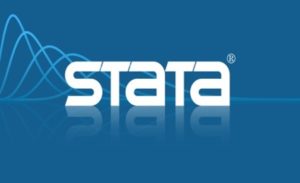
- Stata is also a widely used software that enables to analyze, manage, store and produce graphical visualization of data.
- Coding knowledge is not necessary to use it.
- Presence of both command line and graphical user interface makes its use more intuitive.
- It is generally used by researchers in the field of economics, social sciences and bio-medicine to examine the data patterns.
- Stata is used for quantitative data analysis.
3. R
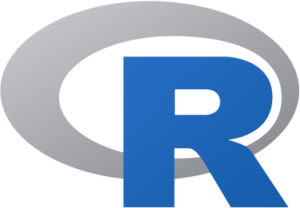
- ‘R’ software is widely used free statistical software that provides statistical and graphical techniques including linear and non-linear modeling.
- Toolboxes essentially plugins are available for great range of applications. Knowledge of coding is required here.
- It provides interactive reports and applications, leverage large amount of data and is complaint with security practices and standards.
- R is used for quantitative data analysis.
4. SAS (Statistical Analysis Software)

- It is a cloud based platform that provides ready to use programs for data manipulation, information storage and retrieval.
- Its procedures are multithreadede. performing multiple operations at once.
- It is primarily used for statistical modeling, observing trends and patterns in data and aiding in decision-making by business analysts, statisticians, data scientists, researchers and engineers.
- Coding can be difficult to those new to this approach.
- It is used for quantitative data analysis.
5. MATLAB (MATrix LABoratory)
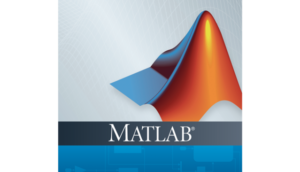
- MATLAB stands for MATrix LABoratory.
- MATLAB is software that provides an analytical platform and programming language
- It expresses matrix and array mathematics, plotting of functions and data, implementation of algorithms, creation of user interfaces.
- Live Editor is also included which creates a script that combines code, output, and formatted text in a executable notebook.
- It is widely used by engineer and scientist.
- MATLAB is used for quantitative data analysis.
6. Epi-data
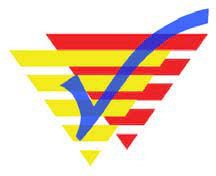
- Epi-data is free widely used data software designed to assist epidemiologist, public health investigators and others to enter, manage and analyze data in the field.
- It performs basic statistical analysis, graphs and comprehensive data management.
- Here user gets to create own forms and database.
- Epi-data is used for quantitative data analysis.
7. Epi-info
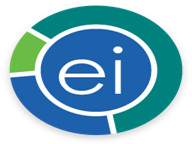
- It is a public domain suite software tool designed for researchers and public health practitioners of the globe developed by Centre for disease control and prevention (CDC)
- It provides easy data entry form and database construction, and data analyses with epidemiologic statistics, maps, and graphs for those who may lack an information technology background.
- It is used for outbreak investigations; for developing small to mid-sized disease surveillance systems; as analysis, visualization, and reporting (AVR) components of larger systems.
- It is used for quantitative data analysis.
8. NVivo
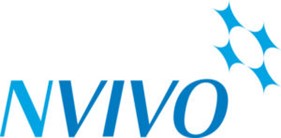
- It is a software tool which allows to organize and store qualitative data for analysis
- NVivo is used for the analysis of unstructured text, audio, video, and image data, including interviews, Focus Group Discussions (FGD), surveys, social media, and journal articles.
- Word docs, pdf, video, images, and audio can also be imported here
- It help the users to organize, analyze and find insights from structured or qualitative data more efficiently
- The interface is easy to use and makes it instantly familiar and intuitive for the user
- It offers automated transcription and auto coding and has a free version too.
- NVivo is used for qualitative data analysis and mixed method research.
9. Mini-tab
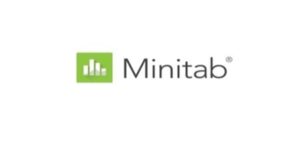
- Mini-tab offers both basic as well as fairly advanced statistical analysis tools.
- It can analyze all kinds of data sets, automates statistical calculations, creations of stunning visualization
- Mini-tab helps to look at current and past data to discover trends and patterns, uncover hidden relationships between variable, allowing users to focus more on data analysis.
- It makes it simpler to get the insights of the data.
- Mini-tab is used for qualitative data analysis.
10. Dedoose
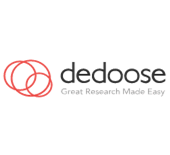
- Dedoose is 100% web-based tool for qualitative analysis but can also analyze quantitative data.
- This inexpensive software is team-oriented and user-friendly with easy import of both text and visual data
- It has access to advance data security tools
11. ATLAS.ti

- It is a leading software for qualitative analysis and has incorporated AI technology as it has evolved.
- This is best for research organization, corporations and academic institutions. As it be expensive for individual research
- It is more powerful, boating both sentiment analysis and auto coding
- It offers the possibility to work in any language or character set
12. MAXDQA
- It is a professional software for quantitative, qualitative and mixed method data analysis
- It imports the data and review of the data in one central location with easy categorization of any unstructured data
- Creation of literature review is also possible with this software
- It is not available for free and can be difficult to work collaboratively in a team
References and For More Information:
https://www.ibm.com/downloads/cas/ERYRD6G5
https://www.alchemer.com/resources/blog/what-is-spss/
https://lo.unisa.edu.au/mod/book/view.php?id=641259
https://www.mathworks.com/products/matlab.html
https://www.minitab.com/en-us/products/minitab/
https://www.ncbi.nlm.nih.gov/pmc/articles/PMC1480129/
https://libguides.library.kent.edu/statconsulting/minitab